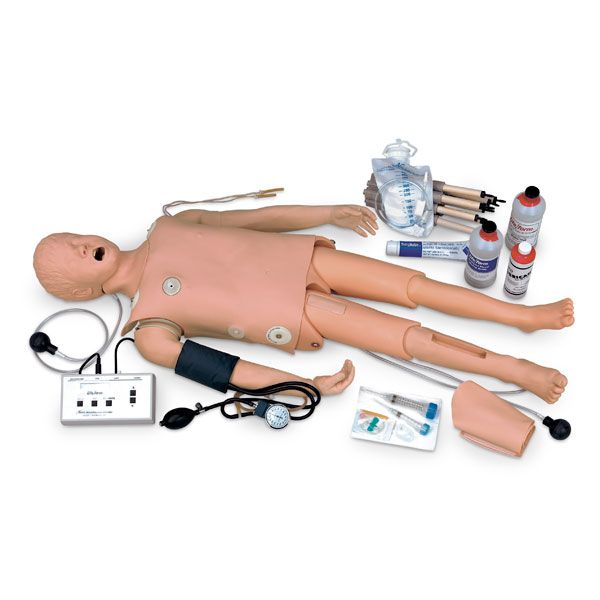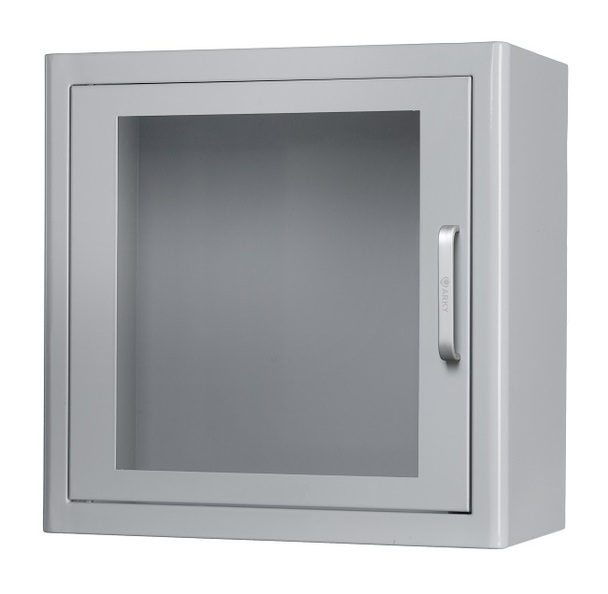This course is designed to behave as a bridge between the non-clinical and clinical years of medical school, linking affected person signs, exam findings, and administration plans to students' primary science knowledge of anatomy, pathophysiology, and pharmacology. By linking these diagnoses to a typical symptom—such as shortness of breath—students are capable of compare and contrast their affected person's story and physical examination findings to the sufferers they've seen in prior classes. This reinforces the critical exam findings, how these are defined by the pathophysiology of their illness course of, and variations in management. Through this longitudinal expertise, learners start to build 'illness scripts', problem representations that help clinicians organize their data of various disease processes into framework that enhances diagnostic reasoning.
Therefore the ACGME and evaluation committee for Emergency Medicine (RC-EM) has accepted that infrequent procedures similar to pericardiocentesis or cricothyrotomy may be performed, with proficiency attained by way of simulation. It has also been decided that a portion of more frequent but nonetheless less common procedures may be achieved through simulation. Each resident attends obligatory classes held within the simulation and skills heart. These periods embrace procedure-based coaching of abilities which might be essential in the emergency room. These arms on classes are mentored by skilled emergency room workers, assuring high notch training in procedures such as central venous line insertion, tracheal intubation, chest tube insertion and emergency cricothyroidotomy. In parallel with the advances in pc science, it's clear that a rapid growth of simulation training systems is predicted.
The fast recognition and therapy of patients struggling ST-elevated myocardial infarction is extremely necessary for this time-critical condition. The use of pre-hospital EKGs and identification of STEMIs previous to arrival has labored to decrease the door-to-balloon time . In distinction, patients arriving to the ED in personal vehicles can have elevated D2B times. Efforts are being put forth to repeat and practice such eventualities to assist decrease the D2B times. This exercise coincided with the site visit from the Society for Chest Pain Centers which resulted in OHSU garnering accreditation as a Chest Pain Center.
Full Code challenges you to tackle complex medical circumstances in a sensible 3D emergency room. Whether you're a medical pupil, resident, paramedic, nurse, PA or skilled doctor you'll benefit from the problem of fixing Full Code cases. Our library includes over a hundred and fifty scenarios with a mix of frequent occurrences, trauma circumstances, pediatric sufferers, life-threatening illnesses and obscure illnesses.
Fellows additionally participate in main staff training sessionswith surgeons, Ob/Gyn residents, nurses, and so on. And they help run large-scale catastrophe simulations as well as in-situ simulations inside the emergency department. This course introduces second year medical college students to the thought of resuscitation, offering opportunity to care for a crucial patient. Key studying aims embody the administration of postpartum hemorrhage, precipitous deliveries and breech shows.
Residents find out about issues associated to chilly weather publicity, high-altitude illnesses, and other pathology. Our philosophy of simulation is that it is a essential tool to boost affected person care. As such, we make the most of simulation to constructively educate, and create a protected space to gain experience in managing the critically sick and tough sufferers. What makes Full Code different from traditional medical simulation, or different digital simulation solutions? With interactive circumstances that can be accomplished wherever, anytime on any device, Full Code enables you to practice more simulations more regularly utilizing the device you already personal, with out the time and hassle of scheduling in-person simulation trainings. AK designed and applied the computer-based learning course underneath the guidance of LA.

The case will contain managing pediatric status epilepticus and together with escalating anti-epileptics, intubation, and handing over to pediatrics.

The Transition-to-Residency program is a competency-based “capstone” course for graduating medical college students at Weill Cornell. Its goal is to assist graduating students seamlessly transition from medical school to internship. TTR features student-centered experiential learning actions integrated longitudinally around interprofessional teamwork, communication, patient care, resuscitation, cognitive, and procedural expertise to empower students as energetic brokers in their own studying.